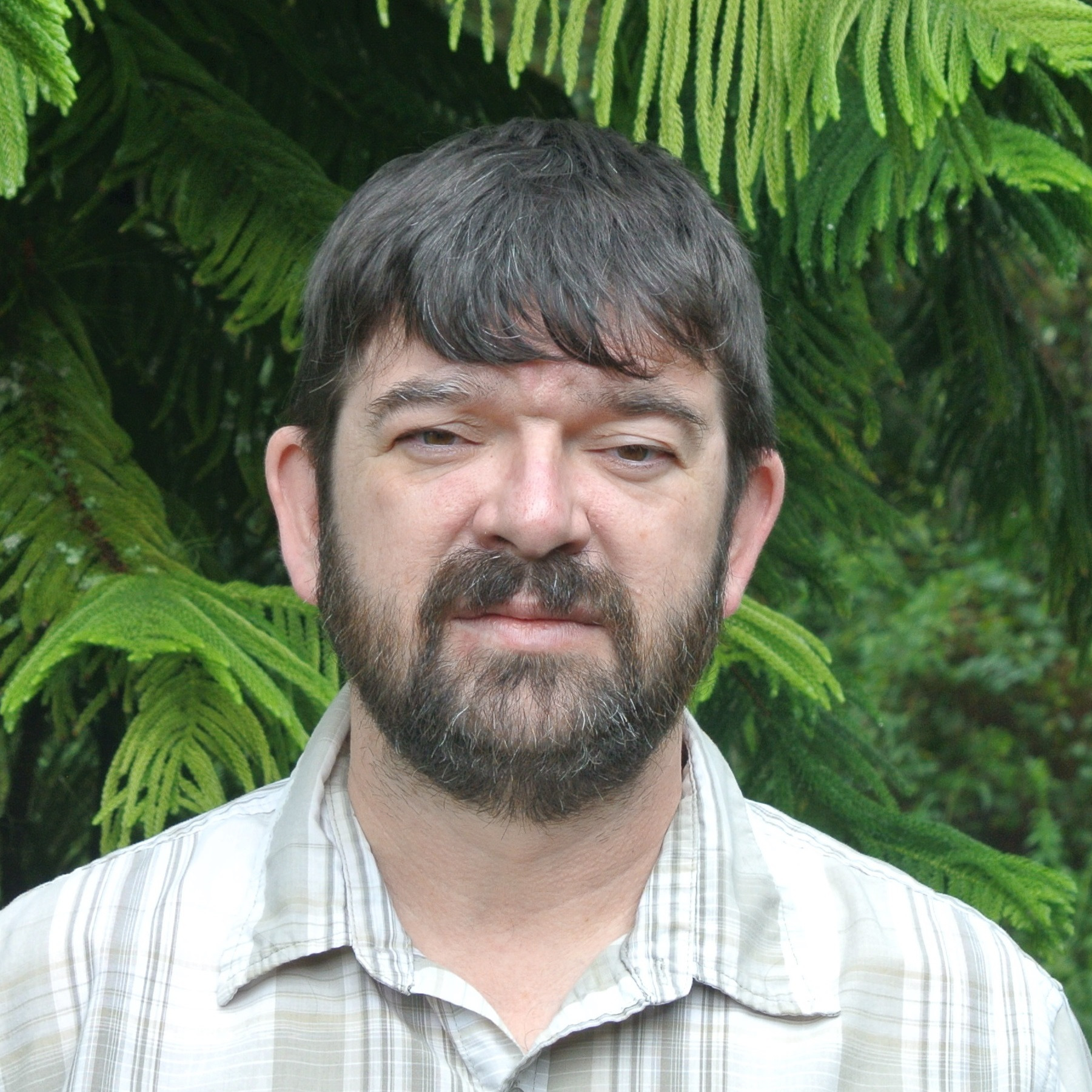Preprint
Review
Fundamental Clock of Biological Aging: Convergence of Molecular, Neurodegenerative, Cognitive, and Psychiatric Pathways: Non-Equilibrium Thermodynamics Meet Psychology
Altmetrics
Downloads
237
Views
193
Comments
0
A peer-reviewed article of this preprint also exists.
Submitted:
04 November 2021
Posted:
08 November 2021
You are already at the latest version
Alerts
Abstract
In humans, age-associated degrading changes are observed in molecular and cellular processes underly the time-dependent decline in spatial navigation, time perception, cognitive and psy-chological abilities, and memory. Cross talk of biological, cognitive, and psychological clocks provides an integrative contribution to healthy and advanced aging. At the molecular level, ge-nome, proteome, and lipidome instability are widely recognized as the primary causal factors in aging. We narrow attention to the roles of protein aging linked to prevalent amino acids chirali-ty, enzymatic and spontaneous (non-enzymatic) post-translational modifications (PTMs SP), and non-equilibrium phase transitions. The homochirality of protein synthesis, resulting in the steady-state non-equilibrium condition of protein structure, makes them prone to multiple types of enzymatic and spontaneous PTMs, including racemization and isomerization. Spontaneous racemization leads to the loss of the balanced prevalent chirality. Advanced biological aging re-lated to irreversible PTMs SP has been associated with the nontrivial interplay between poor so-matic and mental health conditions. Through stress response systems (SRS), the environmental and psychological stressors contribute to the age-associated “collapse” of protein homochirality. The role of prevalent protein chirality and entropy of protein folding in biological aging is mainly overlooked. In a more generalized context, the time-dependent shift from enzymatic to the non-enzymatic transformation of biochirality might represent an important and yet un-der-appreciated hallmark of aging.

Keywords:
Subject: Biology and Life Sciences - Anatomy and Physiology
Copyright: This open access article is published under a Creative Commons CC BY 4.0 license, which permit the free download, distribution, and reuse, provided that the author and preprint are cited in any reuse.
MDPI Initiatives
Important Links
© 2024 MDPI (Basel, Switzerland) unless otherwise stated






